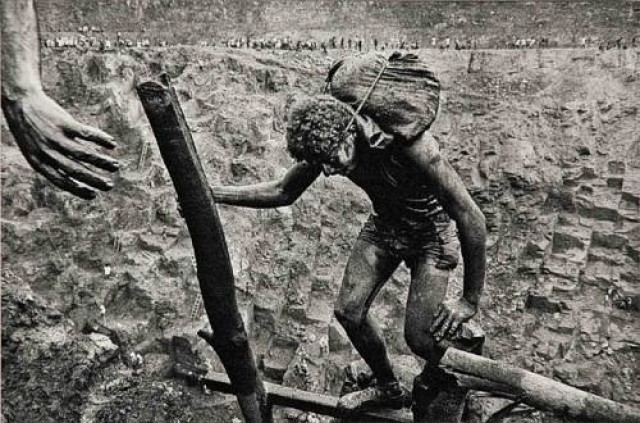They say a photograph is worth a thousand words. A single image is able to portray and capture raw human emotions and project it to a wider audience.
Wars, natural disasters, sporting events have all become muses to showcase and highlight the extraordinary, resilient and inspirational moments of the human race. These moments have the power to evoke strong emotions which can prove to be the catalysts triggering political and social change.
In times of war, a photograph has the ability to overshadow political speech. Whether it is Capa’s classic shot of the falling soldier during the Spanish civil war or Eddy Adams’ graphic picture of a Vietcong being executed at point blank range, these iconic images have played a substantial part in influencing the course of events that followed. An image does that. It wields power to reach out to a more universal audience. Salgado’s moving photographs of the Ethiopian famine still haunt the viewer even after two decades. Nachtwey’s graphic portraits of the grim reality of Rwanda’s vicious internal conflict are forever ingrained in the conscience of the world.
Pictures have the capacity, therefore, to become an important part of a nation’s narrative. They can transcend time and geography, often creating their own path and setting their own course. The famous portrait of Che Guevara or Mohammed Ali’s glowering visage as he stands victorious next to his opponent are iconic images that have become as familiar to an American as they are to a Brazilian or an Egyptian.
In our country’s current predicament, where an event overtakes another with such speed, one wonders whether there will – and perhaps when we are least expecting it – emerge an image that will become the catalyst to trigger change, impact lives, chart a course … a photograph that wields the power to make the struggle of our country a universal one … to become an icon that will become as familiar to a Lahori as it is to a New Yorker or a Parisian.
Let a photograph familiarise us
I am waiting for photograph that wields the power to make the struggle of our country a universal one.



COMMENTS
Comments are moderated and generally will be posted if they are on-topic and not abusive.
For more information, please see our Comments FAQ